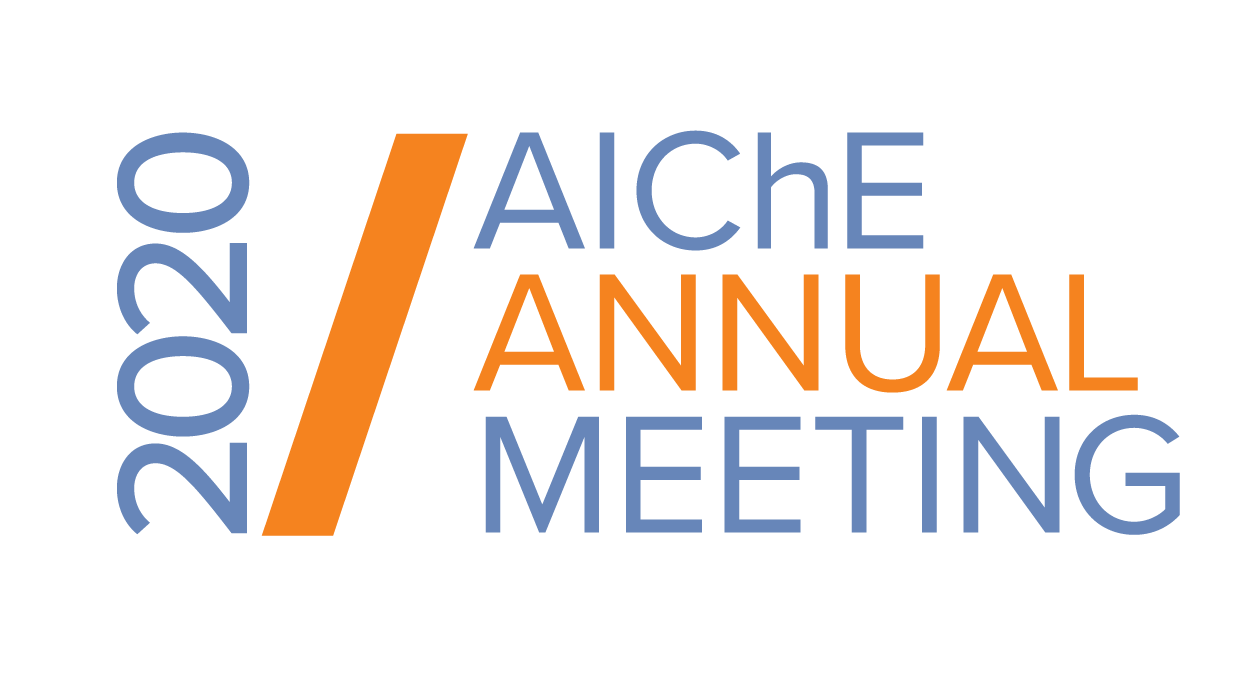

The methodology proposed in this study is based on Iterative Optimization Technology[2], and it requires minimum calibration and allows simultaneous prediction of the entire formulation instead of only the API with just one standard and pure component spectral data. Unlike Partial Least Squares (PLS), which needs tedious development of standards to incorporate variations in the process, this non-destructive methodology minimizes significant calibration effort by developing a mathematical model that uses only one standard and spectral information of pure powders present in the tablet. In continuous manufacturing, this approach will enhance real-time monitoring of CQA by predicting entire formulation using single calibrated model. The spectra of pure components do not require additional preparation as physical information from tablets can be extracted from the standard. It is a two-step calibration-minimum approach of which the first step is to compute the model parameter (λn) for each wavelength using a single standard tablet spectrum (Xmix) and spectra of pure powders (Xpure, i) as model development followed by the second step as predicting formulations (ri). In terms of model maintenance, it is flexible in incorporating factors such as change of spectroscopic instruments, variations in raw materials, environmental conditions, and methods of tablet preparation. Robustness of the proposed approach for variation in compaction (physical changes) and variation in composition (chemical changes) was evaluated. A PLS method was also constructed for reference.
[1] Shi Z., et al., Applied Spectroscopy, 2012. 66(9): p. 1075-1081.
[2] Muteki K., et al., Industrial & Engineering Chemistry Research, 2013. 52(35): p. 12258-12268.

